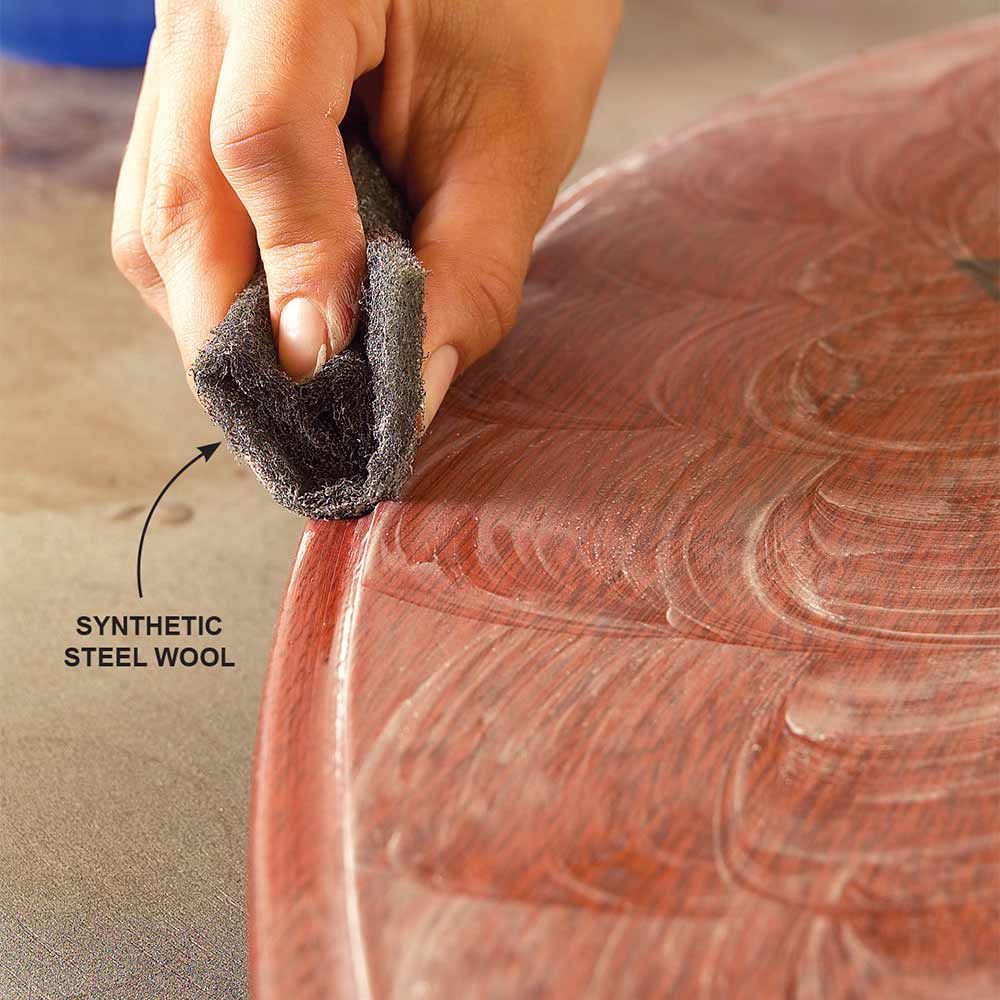Grit refers to how coarse or fine a piece of sanding paper is. This sandpaper choice is used for quick removal of material such as paint or wood and is extremely rough.
 How to remove Rust from Stainless Steel How to remove
How to remove Rust from Stainless Steel How to remove
320 to 400 grit sandpaper:

Sandpaper grit guide for metal. Using wet dry sandpaper on metal 20pcs wet dry sandpaper, high grit 1000 2000 3000 5000 7000 sandpaper sheets assortment for wood metal polishing automotive sanding, 9 x 3.6 inch by baisdy 4.7 out of 5 stars 521 $8.99 $ 8. Assess the casting lines or scratches and determine the grit of sandpaper to start with.
The grit available ranges from very coarse (used commonly. Repeat sanding as in steps 3 and 4. For hand sanding flat surfaces, wet sandpaper can be effective.
It’s used to scrub away any imperfections on the surface of a material, such as old paint, and to smooth either the edges or the flat surface.there are many different sizes—or grits—according to the material you want it for and for what type of work you need it. 40 to 80 grit is a good choice for removing rust from machinery like pipes, but it’s not ideal for furniture and antiques that you don’t want to be damaged or scratched. Sandpaper can be used on various materials including wood and metal.
And using a sanding grade that is too fine will burn time that you can’t afford to lose. Selecting the right sandpaper for your metal can be confusing, especially when you have no idea where to start. Grit tends to be divided into sizes that are 20 to 30 points apart, so the next size up from 60 grit would be around 80 grit, for example.
If you want to do this manually, the process is similar but much more extensive. The best way to sand is along the grain of your metal (if any. A sandpaper's grit refers to the size of the abrasive materials on the paper.
Individual abrasive strips and discs are usually marked on the paper / hook & loops reverse with the grit size (e.g. Grit sizes above 240 are classed as “very. 180 to 220 grit sandpaper:
The grit grades below are a guide to the commonly found sandpapers available and thier uses. Only jump over one grit e.g. The smaller and more packed together the particles, the finer the grit.
For smoothing out surfaces or removing minor imperfections: P100 to p150, skipping p120; This article provides a guide to help you understand the different sandpaper grit sizes, coarseness, grit material, and more.
Buff it dry with a soft cloth. If it gets gunky or smooth it won't sand. Sandpaper comes in grit sizes that range from 12, which is the coarsest, to 1,200, which is only.
Read on to get the information you need to choose the best sandpaper for your metal project. Generally speaking, the higher the grit, the finer the sanding paper and the finer the end result will be. 100) and/or with the grade (e.g.
For projects requiring heavy sanding work: A grit that is too coarse may remove more material than desired and ruin the wood. 40 to 80 grit is a more coarse sandpaper, and while it’s better at removing rust compared to finer sandpaper, it will leave more scratches.
For removing thick layers of paint or rust: Sandpaper grit is sized by a gauge number, with lower numbers signifying larger, coarser grits. For smoothing previously painted surfaces, or.
Generally if you can feel the scratch lines, use a 320 grit sandpaper. The size of grit is used to classify the sandpaper by ‘grade’ as follows: Finer grit sandpaper is great for removing the scratches left by coarser grits on unfinished wood and for lightly sanding between coats of paint.
Based on the grit count you are using your sandpaper can make the surface smooth or rough. Do not remove too much with the last belts (to avoid wavy surface) do not use finer grit than p240 for the last belt (in general enough) veneer 7/16/19 grainger editorial staff sanding is not only useful but can make all the difference in a woodworking, metal or drywall project.
But now, those days are over—provided you see our. Breaking down each sandpaper grit. Starting with the wrong sandpaper grit can add hours to your woodworking project.
Large grit makes a good sandpaper for metal and is used in applications such as: Like if you want to prep the surface for exterior painting where you want that the primer and paint stick firmly, it would be better to use a lower count coarser sandpaper to make the surface rough. Sandpaper grit grades and uses.
Good quality sandpaper will have universal sized grit. There are various standards that exist for ascertaining sandpaper grit size, but common standards include the coated abrasive manufacturers institute (cami) and the federation of european producers of abrasives (fepa).regardless of which standard you use to measure, a general rule is that the lower the number of the. Manufacturers differ on the scale but this is the average.
Very fine grit sandpaper is used for light sanding between coats of finish and to sand metal and other hard surfaces. Simply rub it on your metal in circles until the metal looks polished. The best sandpaper for metal sanding is different than the best sandpaper for wood surfaces.
Final preparation for finishing grit numbers from 180 to 320 work for finishing. Sandpaper grit charts & guides 1/1/17 revised:
